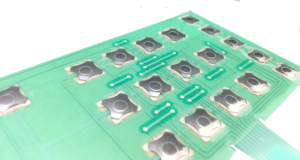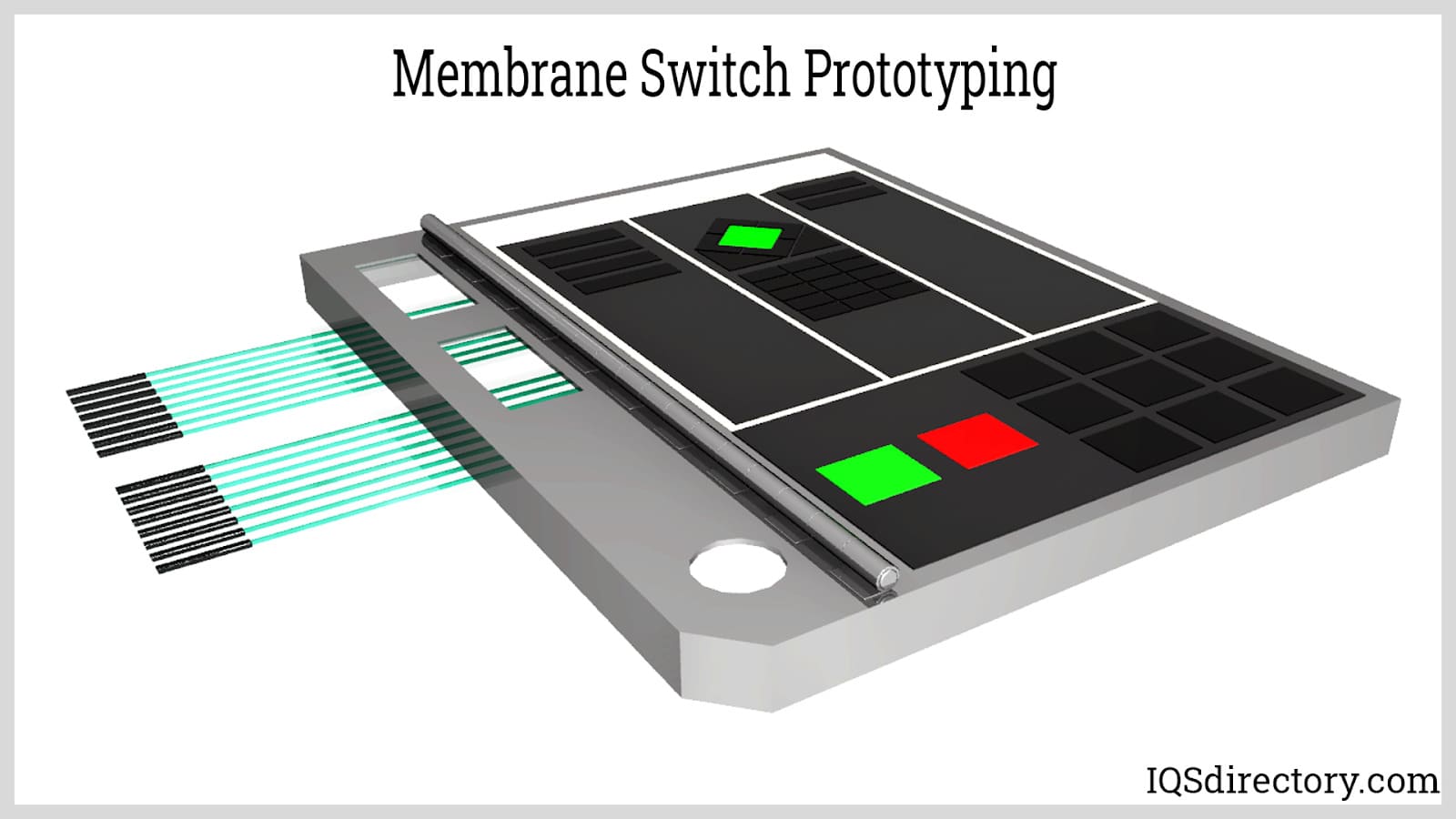The Full Guide to Membrane Switch Technology and Its Applications
The Full Guide to Membrane Switch Technology and Its Applications
Blog Article
Recognizing the Capability of Membrane Switches for Interface Tools
The capability of membrane changes stands for a significant improvement in user interface layout, combining effectiveness with visual flexibility. As markets increasingly prioritize customer experience, comprehending the subtleties of membrane layer switch innovation comes to be essential.
What Are Membrane Buttons?
Membrane layer buttons are cutting-edge interface devices that help with user communication with digital devices. These functional parts are composed of numerous layers, including a graphic overlay, spacer, and a printed circuit layer. The style enables a seamless combination into different digital tools, boosting both the visual and useful elements of interface.
Membrane layer buttons are commonly utilized in a large range of applications, from house appliances to commercial machinery and medical devices. Their construction normally features a thin profile, making them an ideal choice for compact layouts. The responsive comments offered by these switches can be crafted to satisfy certain individual preferences, ensuring reliable communication between the customer and the tool.
Toughness is another substantial benefit of membrane layer buttons, as they are resistant to dirt, moisture, and chemicals, which boosts their life expectancy in requiring atmospheres. Additionally, these buttons can be personalized in terms of form, size, and visuals style, enabling branding and user-specific features. On the whole, membrane layer switches over represent a functional option for enhancing customer experience in digital tools, incorporating performance with visual charm in a reliable manner.
Just How Membrane Switches Over Job
Operating on a straightforward concept, membrane changes utilize a layered building to sign up individual input effectively. Each button contains multiple layers, consisting of a printed circuit layer, a spacer layer, and a leading graphic layer, which are created to function together flawlessly. When a user presses the leading layer, it presses the spacer layer, bringing the conductive elements of the circuit layer into contact with each various other.
This call creates a closed circuit, signifying the device to execute a specific feature. The layout permits various arrangements, consisting of responsive comments, which can boost the customer experience by offering a physical experience upon activation. The products used in membrane buttons typically consist of adaptable substratums, such as polyester or polycarbonate, which make certain resilience and durability versus damage.

Key Benefits of Membrane Switches

Another substantial benefit is their compactness. Membrane layer buttons are slim and lightweight, which enables suppliers to conserve space in their tools without sacrificing capability. This function is specifically helpful in applications where weight and quantity are vital considerations.
Furthermore, membrane switches are immune to dust, moisture, and chemicals, improving their resilience. This strength extends their life-span and decreases the demand for frequent substitutes, resulting in price savings with time.
Furthermore, the responsive responses offered by membrane layer switches can be maximized to enhance individual communication. They can include functions such as elevated switches or audible clicks, enhancing usability and individual experience.
Applications Throughout Industries
Interface devices utilizing membrane buttons prevail in a broad selection of industries, showcasing their adaptability and performance. Membrane Switch. In the medical field, membrane buttons are essential to gadgets such as analysis devices and individual monitoring systems, where their durability and ease of cleansing are critical for preserving health requirements. Similarly, in the automobile market, these buttons are utilized in control panel controls and infotainment systems, providing a smooth and contemporary interface for users.
Moreover, the consumer electronics industry take advantage of membrane layer switches in devices and handheld tools, where portable layout and user-friendly interfaces boost individual experience. Industrial applications likewise utilize membrane layer changes for control panels in equipment and automation systems, highlighting their robustness and resistance to harsh settings.
In the aerospace and protection markets, membrane switches are used in cabin controls and devices, where reliability and performance under severe problems are critical. Additionally, the pc gaming sector progressively incorporates membrane layer buttons in controllers and arcade equipments, adding to an appealing customer experience. Generally, the convenience of membrane layer changes enables their prevalent use throughout various fields, highlighting their importance in modern-day interface design.
Future Fads in Membrane Switch Over Innovation

In addition, using advanced materials, such as polycarbonate and polyester movies, is anticipated to rise, offering boosted sturdiness and resistance to ecological stress factors. These materials add to the total longevity of membrane buttons, making them suitable for harsher industrial applications.
Furthermore, the consolidation of wise technology, including IoT connectivity, will allow membrane layer buttons to connect with various other tools and systems, my site facilitating a more interactive user experience. This trend aligns with the growing demand for smart tools across different industries, from health care to consumer electronics.
Lastly, customization options are anticipated to expand, allowing producers to create bespoke solutions customized to certain individual requirements and preferences. These advancements will position membrane layer buttons as necessary components in the development of individual interface technology.
Verdict
In verdict, membrane layer switches over stand for a critical advancement in interface modern technology, using a dependable and versatile remedy for varied electronic applications. Their split building promotes small layout, while attributes such as responsive feedback improve user communication. The toughness versus environmental aspects additionally solidifies their utility throughout multiple markets. As developments in material science and touch noticing innovations proceed, the functionality and applicability of membrane layer switches are anticipated to expand, enhancing their significance in contemporary electronic tools.
Report this page